Recently, in order to optimize the performance quality of existing spacecraft using 3D printing, the European Space Agency (ESA) engineers and the Dutch research institute TNO are working together on the atmospheric spectrum detection equipment that is expected to be launched in 2016 with the Sentinel-5P mission. The troposphere monitor (Tropomi), the key component of the mirror, is redesigned based on 3D printing technology.
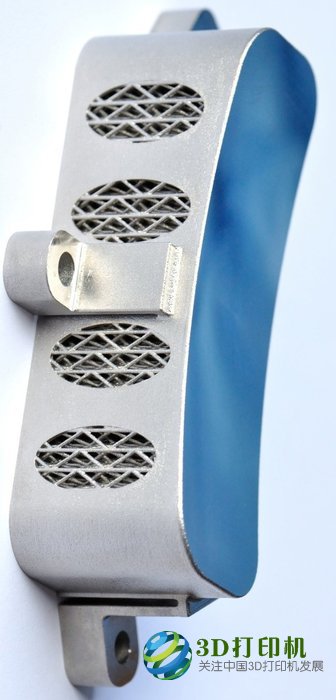
Redesigning Tropomi mirrors with 3D printing (Image courtesy: ESA)
The Dutch-developed Tropomi is mainly used to identify the spectral fingerprints of certain trace gases by screening the light that has passed through the Earth's atmosphere. To do this, Tropomi needed to construct a "optical cavity" with a pair of curved mirrors that focused the incident light and caused it to split in the instrument, creating a series of light splitting gratings.
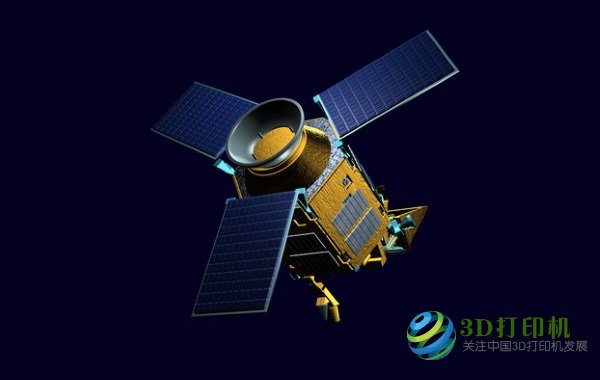
Sentinel-5P satellite (picture TNO)
“This is a big challenge for additive manufacturing (AM, 3D printing) because the precision optical quality of the mirror cannot be lost in additive manufacturing.†explains Laurent Pambaguian, AM Coordinator, Materials Technology Division, European Space Agency Say.
The original mirror was designed using a piece of aluminum with a mass of 284.6 grams and then coated with a nickel-phosphorus coating. Engineers decided to use selective laser melting technology (a type of 3D printing technology) to print it out with titanium. The parts thus printed are streamlined and do not require large-scale processing. The 3D printed mirror weighs only 127.7 grams and uses the same coating.
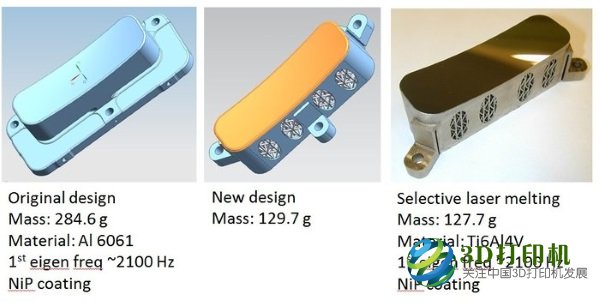
Re-made Tropomi Mirror (Picture ESA)
Although the European Space Agency will still use the original mirror design in space missions, this test shows that 3D printing technology will bring a lot of space for future space equipment and space mission design.
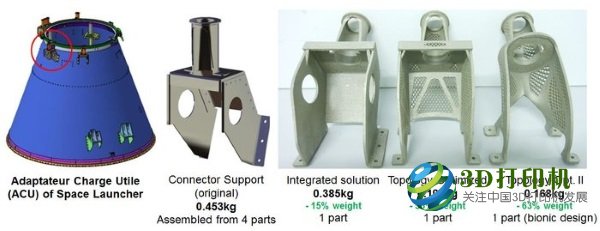
Additive-made connector for transmitting payload (Image ESA Airbus D&S)
Recently, the European Space Agency also studied the impact of its additive manufacturing technology on the quality, cost, production cycle, and environment of satellite design and manufacturing. This study reveals the maturity and limitations of additive manufacturing technology.
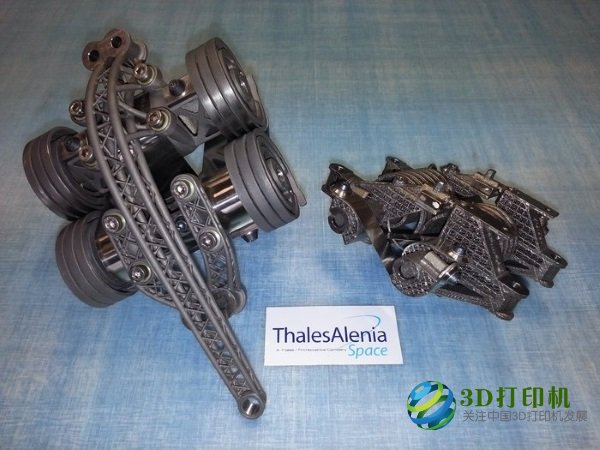
3D printing machinery (Photo: Thales Alenia Aerospace)
“The biggest challenge is the need to develop quality inspection and verification techniques for this material from scratch,†explains Tommaso Ghidin, Head of Materials Technology at the European Space Agency.
“Quality standards need to be put in place to ensure that the component characteristics of additive manufacturing can be quantified as much as the material is manufactured.â€
(Editor)
The products are made of imported PVC materials, environmental protection paint, computer color matching and artificial color painting. Every product has been strictly controlled before entering the market and enjoys three-year quality assurance. All models were taken in kind.
Human Anatomy Model,Human Anatomical Model,Human Anatomy 3D Model,Human Body Anatomy Model
Xinxiang Vic Science&Education Co.,Ltd. , https://www.huaxinbusbarchina.com